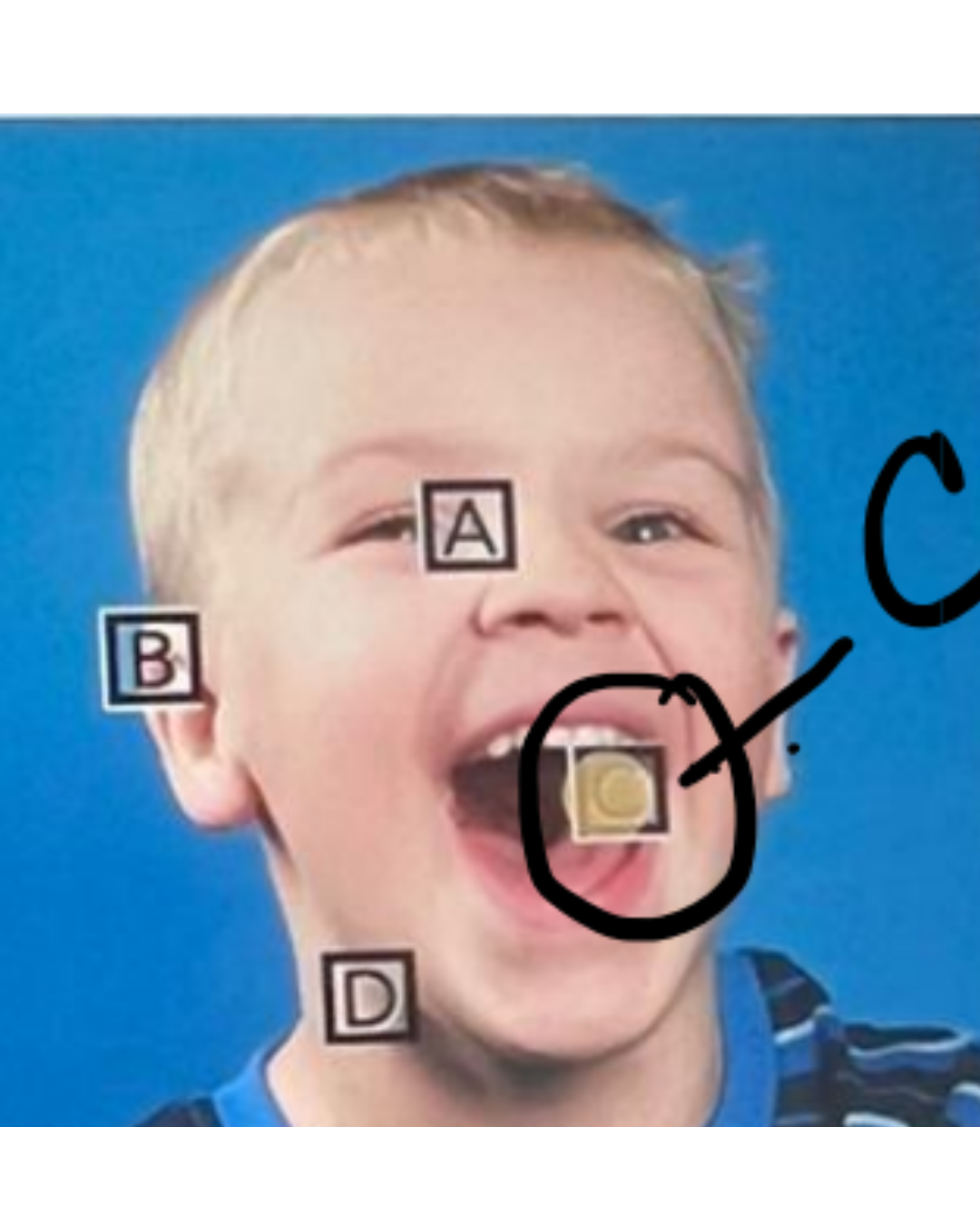ATI RN
RN ATI Pediatric Nursing Proctored Exam with NGN 2023 Questions
Extract:
Question 1 of 5
A nurse is teaching a group of parents about childhood immunization. The nurse should identify that infants should receive the first dose of which of the following immunizations at 12 months of age?
Correct Answer: D
Rationale: The correct answer is D: Varicella. Infants should receive the first dose of varicella vaccine at 12 months of age to prevent chickenpox. Varicella is highly contagious and can lead to serious complications in children. The other choices are incorrect because:
A: Inactivated poliovirus - The first dose of polio vaccine is typically given at 2 months of age.
B: Human papillomavirus - HPV vaccine is usually recommended for adolescents, not infants.
C: Hepatitis B - Hepatitis B vaccine is usually given shortly after birth, not at 12 months of age.
In summary, varicella is the appropriate immunization for infants at 12 months to protect them from chickenpox, while the other options are administered at different ages or for different diseases.
Question 2 of 5
A nurse is providing teaching to a parent of a child who has HIV. Which of the following statements by the parent indicates an understanding of the teaching?
Correct Answer: D
Rationale: The correct answer is D because regular testing for tuberculosis is crucial for individuals with HIV due to their increased risk of developing tuberculosis. This indicates the parent understands the importance of monitoring for potential complications.
Choice A is incorrect because zidovudine does not impact transmission risk.
Choice B is incorrect as doubling medications without healthcare provider guidance can be harmful.
Choice C is incorrect as childhood immunizations are typically not repeated in remission.
Question 3 of 5
A nurse is preparing to administer an IM injection to a 3-year-old child. Which of the following statements should the nurse make?
Correct Answer: D
Rationale: The correct answer is D because allowing the child to choose which leg they receive the injection in gives them a sense of control and autonomy, reducing anxiety and fear. This empowers the child and can help build trust between the nurse and the child.
Choices A and B involve rewards or vague promises, which may not be effective in alleviating the child's fear.
Choice C may minimize the pain but does not address the child's potential anxiety.
Question 4 of 5
A nurse is caring for an infant who has necrotizing enterocolitis. Which of the following findings should the nurse expect?
Correct Answer: B,C,D
Rationale: The correct answer is B, C, and D. Necrotizing enterocolitis (NE
C) in infants commonly presents with a rounded abdomen due to abdominal distension (
B). Vomiting (
C) is also a common symptom associated with NEC. Tachypnea (
D) may occur due to abdominal distension and sepsis. Hypertension (
A) is not typically associated with NEC in infants. The other choices are not provided, but based on typical NEC symptoms, they would not be expected in a patient with this condition.
Question 5 of 5
A nurse is assessing a child who has measles. Which of the following areas should the nurse inspect for Koplik spots?

Correct Answer: C
Rationale: The correct answer is C. Koplik spots are small, white, grain-like spots with a red halo that appear on the buccal mucosa opposite the molars. They are specific to measles and typically appear 2-4 days before the rash. Inspecting other areas like the skin (choice
A), scalp (choice
B), nails (choice
D), ears (choice E), throat (choice F), or feet (choice G) would not reveal Koplik spots as they are only found in the mouth.
Therefore, choice C is the correct option for assessing Koplik spots in a child with measles.
